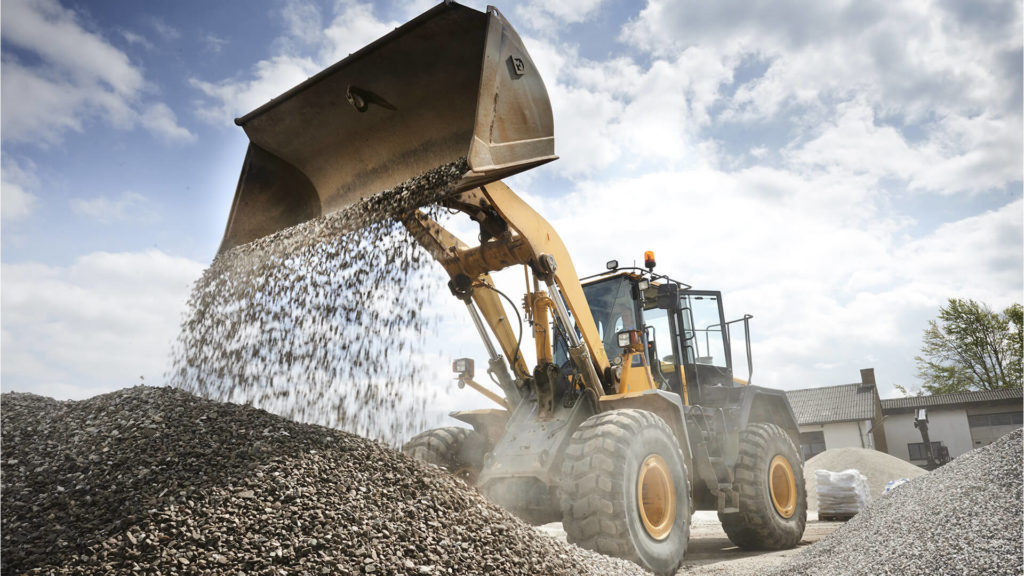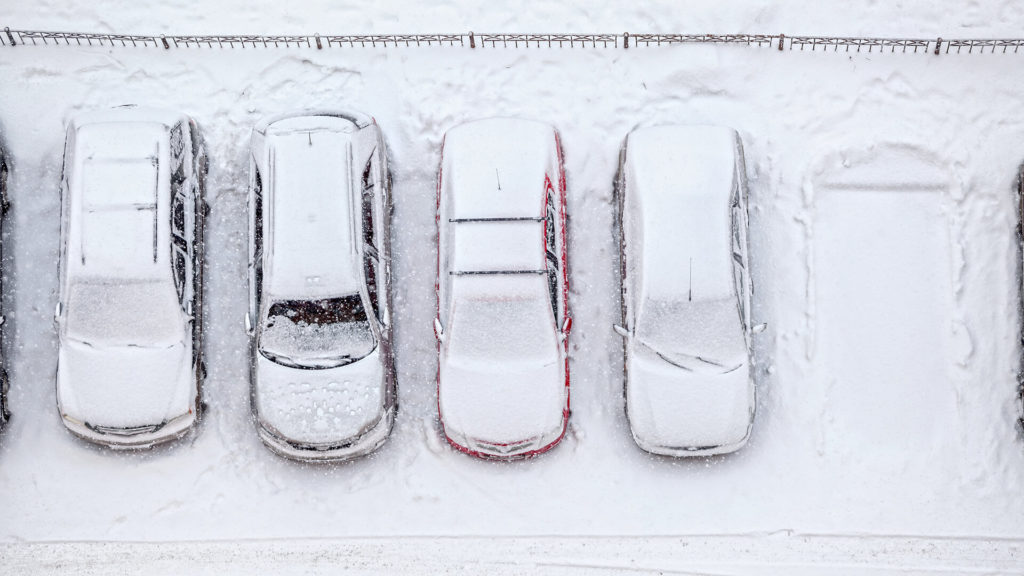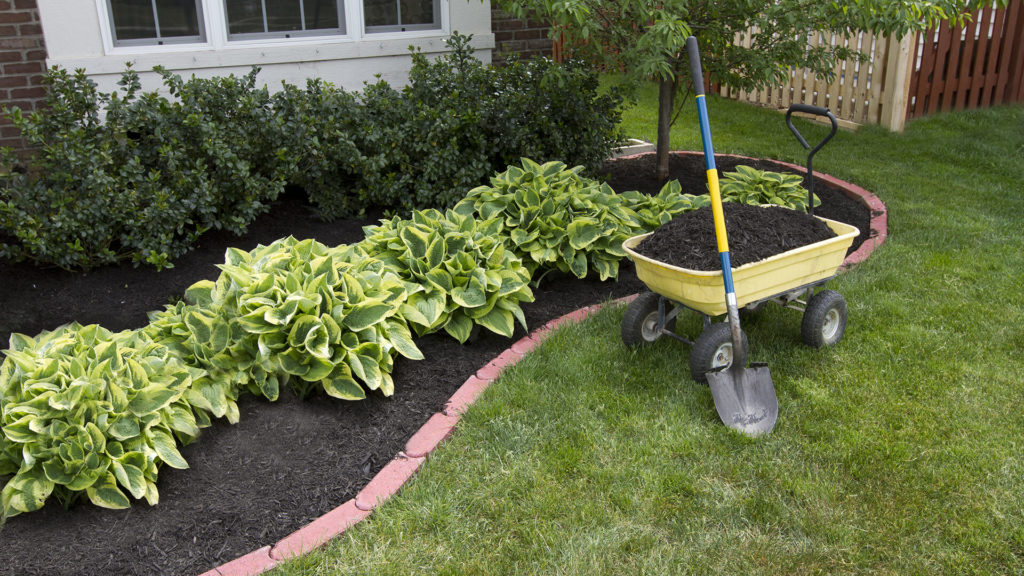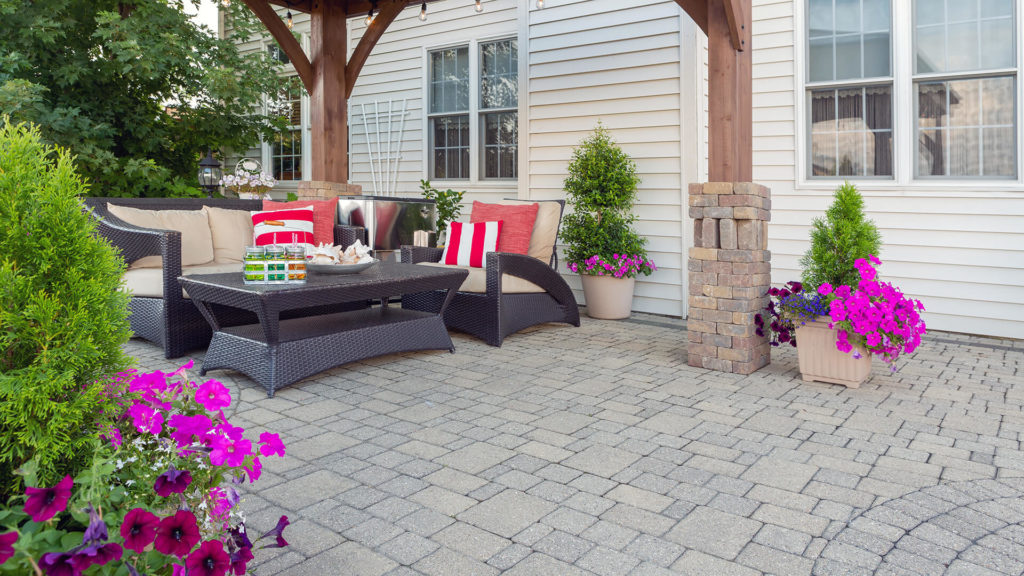Spring is approaching, and gardening season is almost here. However, before you start planting, it’s a good idea to test and amend newly purchased topsoil. This guide is also helpful for amending existing soil in your garden. Even if you had great success in previous years, the soil does lose nutrients over time and requires some TLC.
Get Your Topsoil Tested
To amend the topsoil you purchased or any existing garden soil, it needs to be tested first to establish a baseline. Most garden centres sell test kits that measure pH, nitrogen, phosphorus, and potassium levels. While there are other macronutrients, micronutrients, salinity, and sodicity that can affect soil quality, these basic test kits provide a good starting point for residential use. While the optimal nutrient and pH levels vary by plants, climates, and other factors, the ranges provided by these kits will be good enough for general purposes.
Another critical aspect is texture, determined by the ratio of silt, sand, and clay in the soil. Most plants’ ideal soil type is loam, consisting of 40% silt, 40% sand, and 20% clay. To figure out the texture of your soil, follow this simple jar test.
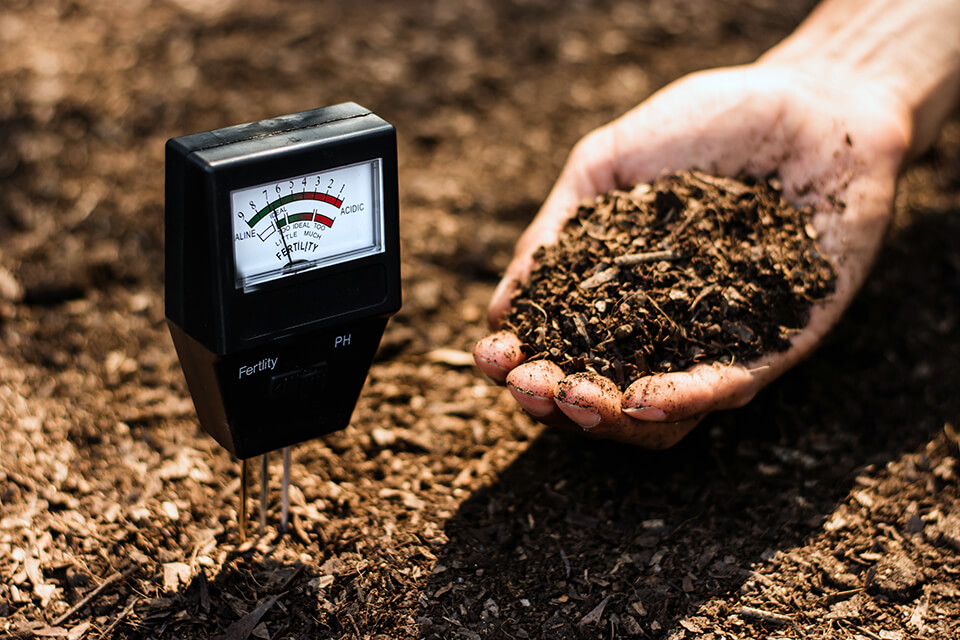
Amend Your Topsoil or Garden Soil
Once a baseline is established, you will know what to correct. Below are some of the ways to do so; it’s by no mean a comprehensive list. When adding soil amendments, take care not to over-apply, as some will affect others’ levels and therefore upsetting the balance.
Adjust Soil pH
Soil pH can be raised by adding lime or lowered by adding sulphur but do not apply too much at once as it will burn plants.
Adjust Soil Texture
Soil texture is fundamental to soil fertility. Compacted soil does not allow water and air to reach the root level and makes it more difficult for plants to establish good roots. Adding some sand will make it less dense. On the other hand, sandy soil does not retain water well, but it can be remediated by adding peat moss.
Add Organic Matter
What makes topsoil the most desirable layer of soil is its richness in organic matter and microorganisms. Adding organic matter is an excellent way to amend newly purchased topsoil or existing soil in your garden. It replenishes nutrients, improves aeration and drainage; thus, allowing both air and water to reach the root level. Furthermore, it will neutralize soil pH over time.
Although not limited to compost, sources of organic matter include aged manure and cover crops. The reason why fresh manure isn’t desirable for this purpose is that it may burn plants, contain harmful bacteria, and smells unpleasant, especially if the garden is right next to the house. Cover crops are crops planted at the end of the season and remain over winter. It acts as an organic mulch until it is tilled into the soil.
While we are on the subject of mulch, mulching keeps the soil cool, prevents evaporation and even weed growth. When the mulch used is organic, it will break down over time and add organic matter to the soil.
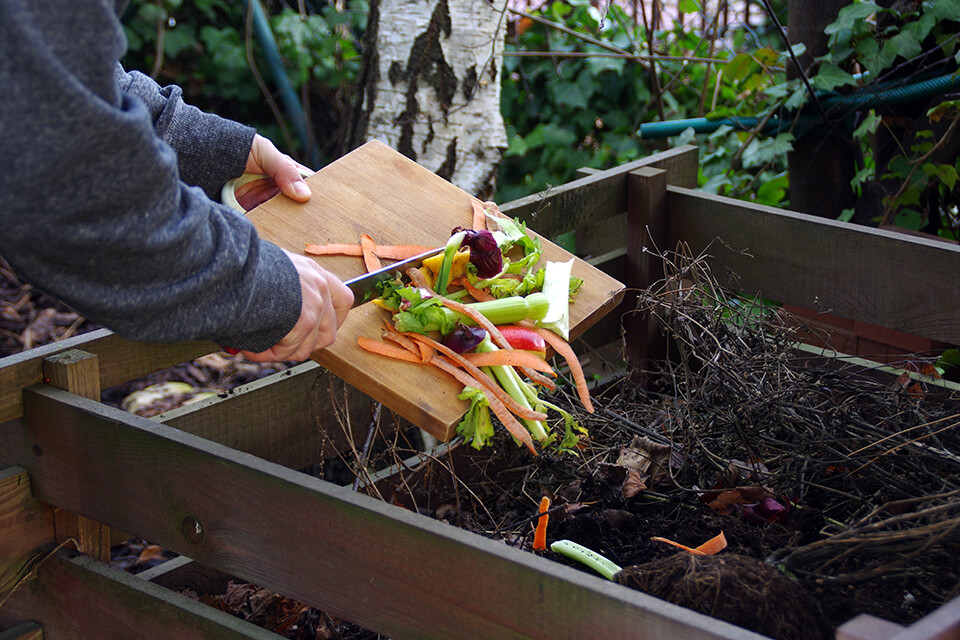
Reducing Nutrient Levels
If nutrient levels are too high, they could potentially harm plant growth and the environment. This can usually be remediated through tillage, mixing with other soil, reduced fertilization in future years, and overwatering. You can read more about this in our article on plant nutrient management.
Summary
Soil management is the foundation of successful plant growth, which is why it’s essential to amend newly purchased topsoil or garden soil. We send our topsoil products for lab testing from time to time to ensure quality; however, basic testing at home is still recommended due to variance between batches. Also, since nutrient, pH, salinity, and sodicity levels change over time, it’s best to test and amend existing soil before planting.

